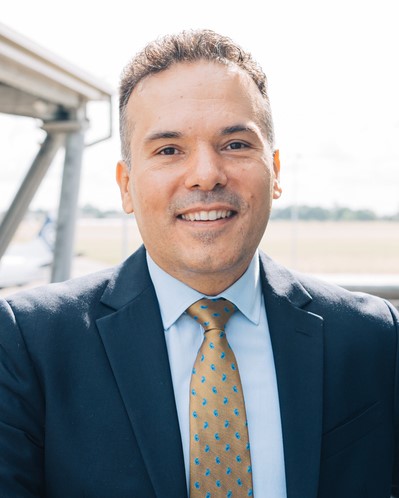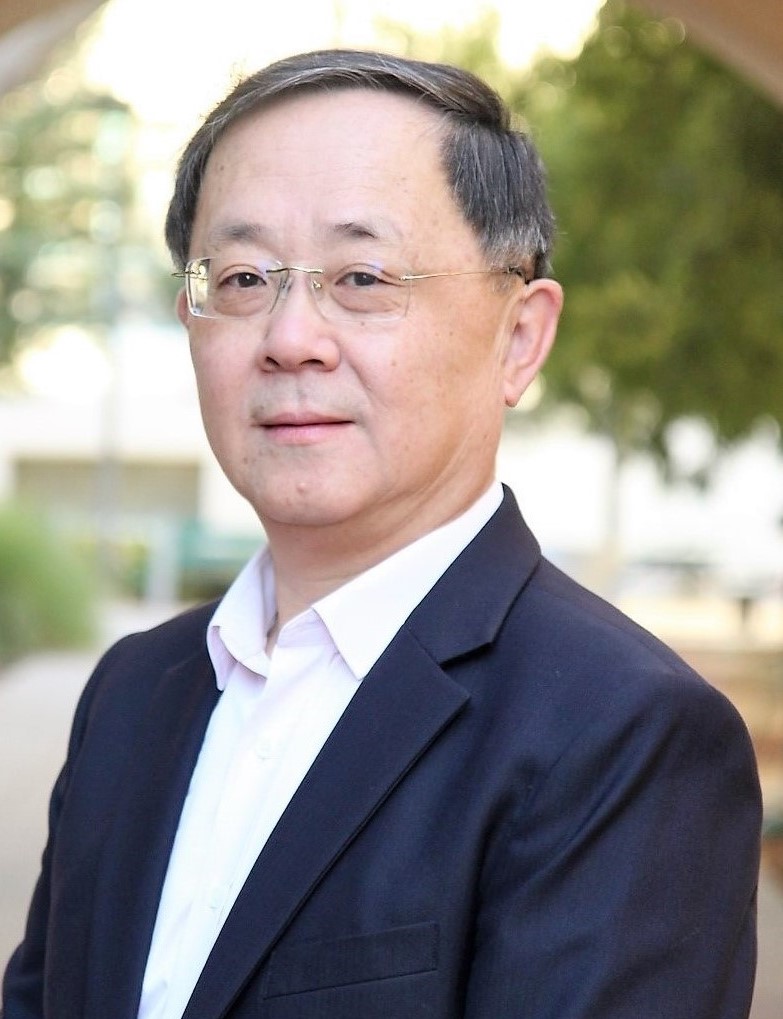Keynotes

Jay Brandon
NASA X-59 Chief Engineer
NASA Langley Research Center
X-59: GNC Architecture for NASA’s Supersonic X-Plane
NASA’s The Low Boom Flight Demonstrator (LBFD) project oversees the development of the X-59 research aircraft. This keynote talk will cover GNC challenges related to the unique geometry required for quiet supersonic flight.
Specifically, the following stability and flying qualities challenges will be discussed: a very limited angle-of-attack range, pitch instability in some conditions, low static directional stability, lateral-directional coupling, low speed stability in the power-approach configuration and aeroservoelastic effects. Furthermore, as small movements of the controls can have large impacts on the sonic boom signature, the talk will describe how autopilot functions for maintaining track and altitude must be designed to minimize control perturbations during supersonic flyovers.

Gokhan Inalhan
BAE Systems Chair
Professor of Autonomous Systems and Artificial Intelligence
Cranfield University, UK
Autonomy & AI in Defense Applications
One of the potential contributions of AI to defense applications is the ability of machine learning to drive complex decision-making processes beyond directed autonomy. This ability is broadly captured under cognitive intelligence in which the agents, by design, develop intelligence to drive observe, orient, decide, act (OODA) loop. As such, current research is geared towards further transforming this intelligence towards natural interaction across agents and between agents and the decision-makers. In this talk, we will showcase AI technologies towards addressing two fundamental challenges stemming from the real-world defense context. First challenge is AI-aided tactics development for Autonomous Aerial Combat using Machine Learning (ML). Specifically, we present the development process of combat optimizers for various air operational scenarios, and show the discovery of credible novel air combat tactics beyond those in use today.
Second is AI-aided tactics generator for Unmanned Surface Vehicles to pursue, deter and neutralize a diverse array of security threats, from piracy and smuggling to potential terror attacks, thereby providing maritime infrastructure protection. Both of these two challenges, and the respective solutions to these challenges demonstrate what AI could bring to real-world autonomy in defense context.

Ping Lu
Professor and Chair
Department of Aerospace Engineering
College of Engineering
San Diego State University, USA.
Editor-in-Chief, AIAA Journal of Guidance, Control, and Dynamics.
From Apollo to Artemis and Beyond: Aerospace Guidance and Computation in Sixty Years
It was only 60 years ago when the Apollo program gave the birth to the critical technology area of Aerospace Guidance as we know it today. In this presentation we will examine the role of onboard computation in aerospace guidance technology in the past six decades, how aerospace guidance has evolved from the pioneering innovations of the Apollo Program to the state-of-the-art technology in the Artemis Program, and what the future holds as we look to Mars and beyond. Fueled by the tremendous increase in onboard computational power, we are witnessing transformational changes in aerospace guidance and control technology where traditional designs are replaced by a new paradigm known as Computational Guidance and Control (CG&C). This presentation will focus on the transformation of the guidance methods and algorithms for space transportation systems. Illustrative examples will be used to showcase compelling advances in modern aerospace guidance, enabled by theory and computational power, and how they can make aerospace systems more capable, smarter, and safer.

Fraser Macmillen
Principal Flight Control Laws Specialist
Vertical Aerospace Group Ltd.
eVTOL Control: Complexity Seeking Solutions
eVTOL designs require, or benefit from, complex flight control laws. Complexity arises from novel aerodynamics and propulsion, transitioning between thrust-borne and wing-borne flight, tight energy and power margins, high control effector redundancy, a plethora of failure modes, immature certification requirements, and a drive towards Simplified Vehicle Operations.
Drawing upon a control approach taken by Vertical Aerospace, in partnership with Honeywell, challenges arising in eVTOL control will be illustrated. Academic effort could undoubtedly help address many of these challenges; and some may even be interesting

Rodney Rodríguez Robles
Auto’Mate Guidance, Navigation and Control Section Lead
Airbus UpNext
Airbus Auto’Mate: Paving the Way for Autonomous Assets Air to Air Refuelling
The Airbus UpNext Auto’Mate Technology Demonstrator is a pioneering initiative aimed at advancing the state-of-the-art in autonomous aerial operations, specifically focusing on air-to-air refuelling capabilities. Developed as part of the Airbus UpNext Demonstrator program, this project seeked to mature, integrate, and evaluate cutting-edge GNC and communication technologies to enable autonomous and safe refuelling operations between dissimilar manned and/or unmanned assets.
The primary goal of the Auto’Mate Demonstrator is to push the boundaries of autonomous systems, developing advanced technologies that facilitate coordinated interactions and close formation flying between diverse aerial assets.
During this talk, we will showcase the technologies required for achieving autonomous aerial refuelling operation, and the results obtained in a real representative flight test environment.

Kevin A. Wise
PhD, Distinguished Senior Technical Fellow
The Boeing Company
Aerospace 2050: Sustainability, Autonomy, and Learning for Control
Societal demands focused on reducing greenhouse emissions, urban air mobility, and looking and traveling beyond the moon are transforming the future of aerospace. An industry in which change has been evolutionary is now faced with a revolution in how it engineers its products, capabilities, and services. This talk will discuss our trajectory towards the year 2050 and how the industry faces into this challenging future. A discussion on new air vehicle programs (Wisk, MQ-25, MQ-28), electrification and sustainability, autonomy, and robust and adaptive control will be presented, ending with a focus on challenges for engineering automation and control of these future systems.

Ali Zolghadri
Professor of Control Engineering
CNRS (Centre national de la recherche scientifique) – IMS (Integration from Material to System) Laboratory
Bordeaux University, France.

